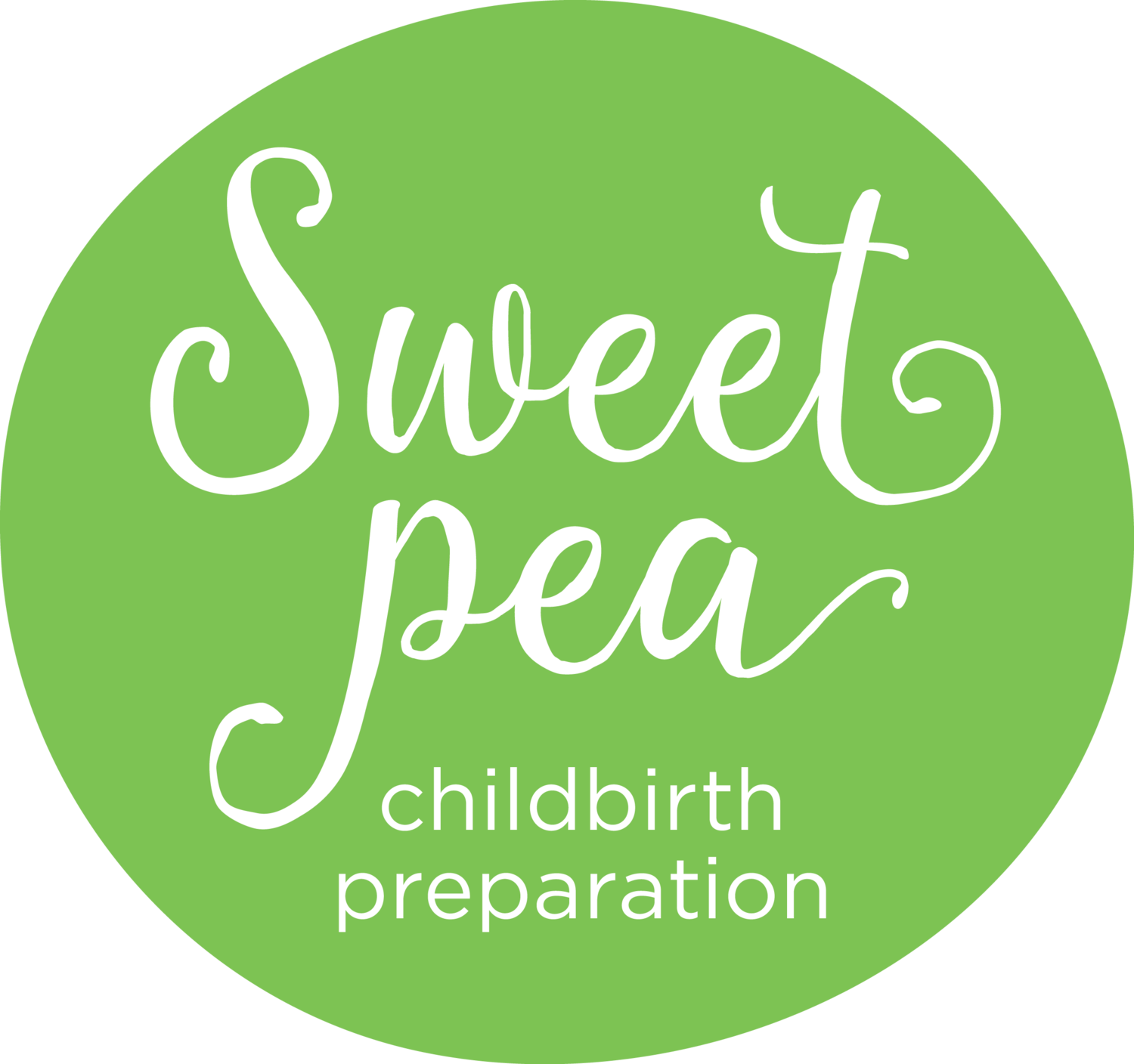A birth story is the telling of a birth experience, and a way for many women to document the birth of their baby. A birth story means putting pen to paper or fingers to keys to tell the story of how the baby got out of your body. You may think that telling your birth story is gimmicky, cheesy, or even odd but there is a solid reason so many women discuss, and document their births. Women tell/share/write their birth stories as a part of the healing process in the postpartum stage.
So, why is your birth worth writing about? What is all the fuss about and why would you care to read someone else’s story? Birth is a transformative physical and mental experience and often women come out on the other side with both amazement and questions. Amazement for what they were able to physically do with their body and questions about how it unfolded. Writing the story of your birth can help you to not only remember the experience but process what happened to you. There is a reason people say “if we did not forget our birth we may not have a second child.” Biology is no joke. Working through your sadness, joy and your memories and details helps you process the events and focus on the beauty of the experience. Some things you quickly forget after birth might be words said, positions you were in, decisions made, who was in the room and more! As you hold your baby it all feels worth it and you know you would do it all over again to have your little person with you. Maybe you had the birth you expected, maybe it was completely different than your plan. The experience, either way, made you a mother and you are now changed forever because of it. Writing your birth story may help you figure out if the process could have been different or simply help you remember the joy forever.
Speaking of working through your birth experience…
So often I find that depression and sadness come from a place of unmet expectations. Some of my patients who have the lowest expectations (ex: “I am going to hate breastfeeding and probably wont last,” “being a mom sounds really hard,” or “I don’t care so much about how the baby comes out”) are the ones that often find extreme joy in their new transformation. Most new moms, even if they intellectually understand that breastfeeding will be a learning process, beat themselves up when it doesn’t work asking themselves, why couldn’t I do it? Some women tell themselves things like, “if I had not been induced” or “only waited to get my epidural I wouldn’t have had a cesarean.” Don’t get me wrong, its great to have a plan and set goals so you can work towards those goals proactively, but being flexible and open minded when bringing your baby into the world allows you to focus on the simple joys of meeting your baby and realizing the amazing strength within you.
Back to our regularly scheduled program….
Do you ever wonder why women share very detailed sometimes scary facts about their own birth experience with expectant women? Its because women are eager to share their experience and revel in the awe filled intensity. The message is not always delivered in the best way (in my opinion) as they themselves may not fully understand why they share the information. The truth is that with each gritty detail they are trying to say: birth is both intense and beautiful, it is tear evoking and joyful AND I am a bad ass who is way tougher than I could have ever imagined!
You are about to go through your own transition and there is no way to predict the future or to fully explain the depth of the childbirth experience so women share their own stories. Think of birth stories as a written version of that birth video you are too scared to watch. I encourage you to read the stories of other women as you prepare for your own birth. I distinctly remember holding my baby for the first time and thinking, “ohhh this is what they are talking about.” You will soon be one of the many who have gone through this life changing process. Reading birth stories will give you context for your own experience and a connectedness to a broader community of women who have chosen to become birthing mothers.
For those just getting started on a pregnancy journey, below is one idea for how to document your experience in pregnancy and birth in book format. When I first created a book for my first child I imagined my daughter reading it one day but as I look back on each book created I find it is more for myself… at least for now.
This is how I made my birth books:
1. Create a private blog through your google account. I didn’t want anyone else stumbling across my inner most thoughts. The blog allows you to keep your entries online and all in one place.
2. Write each entry as its own separate blog post. I chose to write an entry approximately every month in my pregnancy and then documented my birth story a few weeks after each birth. I uploaded my bump pics and any relevant photos to the appropriate posts. You could do a post for your baby shower, pictures of the baby blanket you are making, and things like photos of a dear friend coming over to help you get ready for baby or a babymoon trip. You could even take a photo of yourselves watching your Sweet Pea Prep birth classes! ; )
3. When all the entries are done you will want to go back and edit them for spacing and appearance and put the titles in that you like. These titles will become the titles of each section of your book.
4. I then used a service that turns your blog into a book. The platforms will allow you to directly upload the content and edit to make your book just the way you like it.
5. Then you purchase the book and it is mailed to you house!
Maybe you don’t want to create a book….there are so many creative ways to tell your birth story. Maybe you would rather write a letter to your baby or you could create a framed print to remember the experience. You also don’t have to be creative at all… you could simply send yourself an email that you can look back at when you feel like it. I simply encourage you to process the experience, both the highs and the lows. Remember how brave you were, how beautiful your baby was, how supportive your partner was (or something silly they did), and how surprised and amazed you were by your strength as a new mom!
























